Colorida y delicada, la flor de hibisco parece pertenecer a una isla tropical. La mayoría de la gente asume erróneamente que esta planta solo puede ser cultivada por los jardineros más dedicados, y solo en el clima más tropical. Sin embargo, esto no podría estar más lejos de la verdad, y las 232 especies diferentes de Hibiscus se pueden encontrar en casi todas partes, desde los trópicos de Asia hasta las temperaturas de América del Norte.
No importa qué especie prefiera, todas cuentan con delicadas flores de pétalos anchos y coloridos y estambres largos que atraen todo tipo de insectos benéficos a sus jardines. La información sobre la flor de hibisco no es particularmente difícil de conseguir, aunque la mayoría de las personas desconocen cuán variada es realmente la planta de hibisco. Brindamos una descripción general de esta especie, su cuidado y para qué sirve, todo en un solo lugar.
¿Qué es un hibisco?
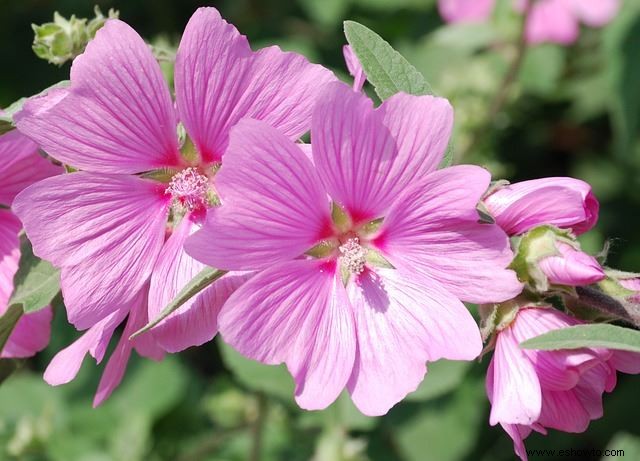
El nombre científico de hibisco se define como parte del género malva, que se encuentra en la familia Malvaceae. Aunque hay varios cientos de especies, solo hay tres tipos principales de plantas:tropical, perenne resistente y arbusto resistente. Hibisco sp. es una planta popular que los jardineros disfrutan debido a lo fáciles que son de moldear y cultivar, y sus flores grandes y llamativas que pueden florecer durante todo el año según la especie.
Tradicionalmente simbólico en ciertas culturas de todo el mundo, Hibiscus se ha convertido en una flor favorita dentro de los patrones de tela, el arte y el paisajismo para transmitir una sensación de inocencia, belleza y gloria. Su forma delicada y única es sinónimo de paraíso y playas de arena, a pesar de su capacidad para crecer en la mayoría de las zonas templadas. A menudo los encontrará estampados en trajes de baño, prendas para la playa y vestidos de verano, así como en capas y otros enfoques decorativos.
Las muchas variedades de plantas de hibisco que existen las han convertido en una flor muy querida tanto para la propagación en interiores como en exteriores. Sus troncos y tallos fáciles de moldear les permiten cultivarse como árboles o arbustos ornamentales, según el tamaño del área en la que los desee.
Tipos de flores de hibisco
Como se mencionó, hay tres tipos de variedades de plantas de hibisco:la tropical, la perenne resistente y el arbusto resistente. Cada uno de estos se puede encontrar dentro de las respectivas zonas de cultivo debido a sus necesidades específicas, pero incluso las especies más delicadas se pueden cultivar como plantas de interior.
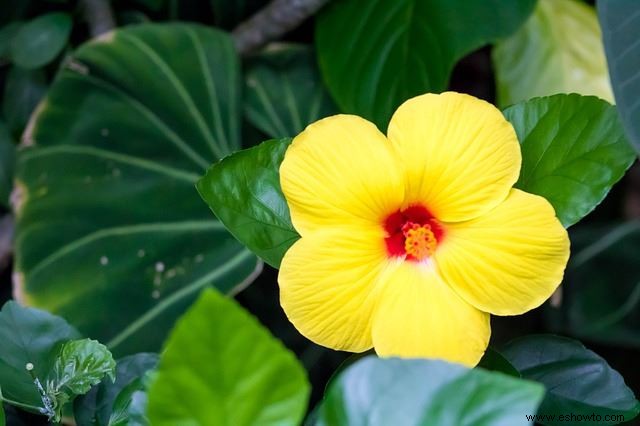
Las especies de hibiscos tropicales no pueden soportar temperaturas frías o climas por debajo de lo que se considera tropical. En su mayoría nativos de Asia y las islas del Pacífico, gran parte de su simbolismo y uso se encuentra en la tradición cultural. Estas se consideran plantas de hoja perenne con hojas verdes más oscuras y brillantes y pueden ser excelentes plantas de interior, que deben colocarse al aire libre durante los meses más cálidos de la temporada para recibir la luz solar que anhelan. Se pueden plantar en climas más fríos, pero deberán tratarse como anuales, ya que morirán por debajo de los 40 grados (o incluso más cálidos en algunas especies).
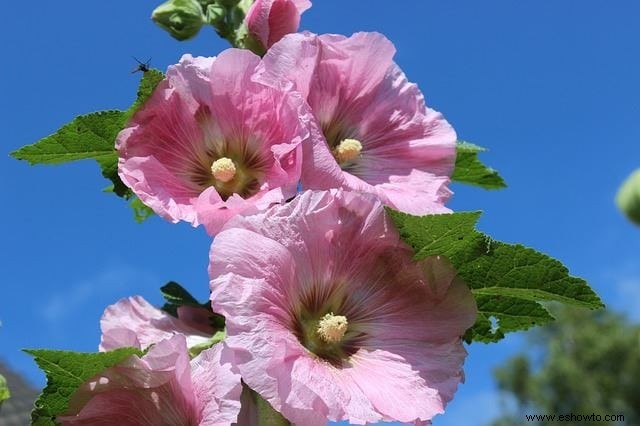
También conocido como Rose Mallow, un resistente hibisco perenne es una especie floreciente que generalmente crece hasta un promedio de 4 pies de altura, pero muere en el suelo cada otoño. Por lo general, se puede cultivar dentro de las zonas 5 a 8, esta especie es popular para los bordes, así como para las áreas que necesitan una cobertura más baja y explosiones de color durante la temporada. En climas más cálidos, es posible que pueda brotar de las ramas, pero la poda ayuda a mantener su aspecto más prolífico a medida que las flores florecen en el nuevo crecimiento.
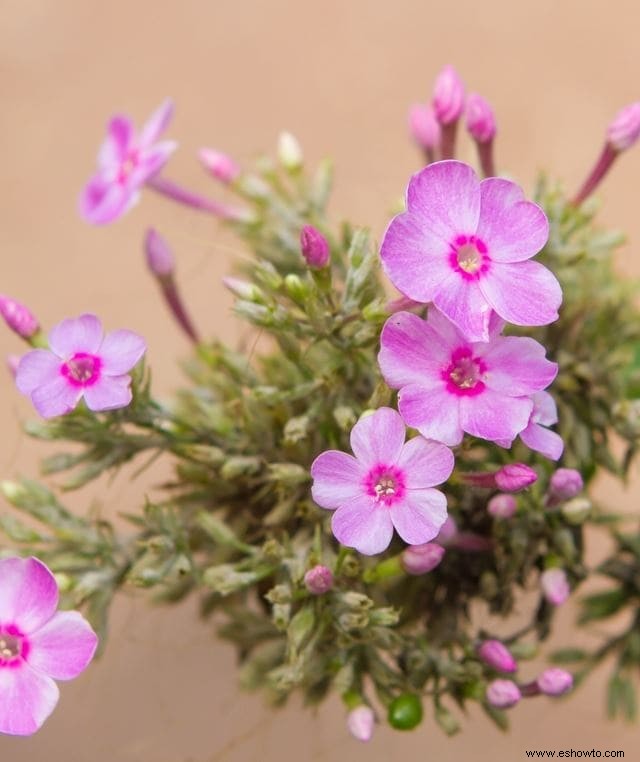
Un hibisco perenne resistente, o rosa de Sharon (también llamada a veces Althea), es un arbusto leñoso más grande que pierde sus hojas cada otoño. Las hojas son de un color verde más claro y volverán a crecer sobre los tallos leñosos, aunque puedes podarlos cada otoño si lo deseas. Estos a menudo pueden crecer hasta 10 o 12 pies de altura, aunque también existen versiones enanas más pequeñas. Estas especies son populares en climas templados y, a menudo, pueden sobrevivir en zonas tan frías como 4 o 5 y tan cálidas como 9. También son muy maleables debido a la facilidad con que se pueden podar y, a menudo, se utilizan para formar árboles. o incluso tejer ramas en troncos para crecer juntos a medida que envejecen.
Cómo plantar hibisco
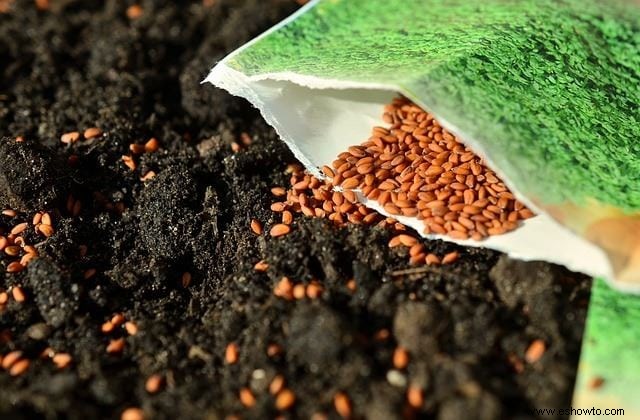
Plantación de semillas
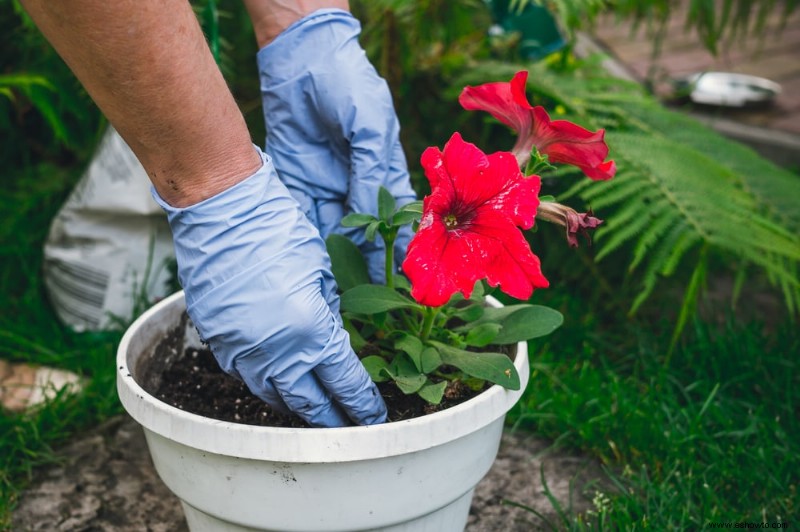
Trasplantando
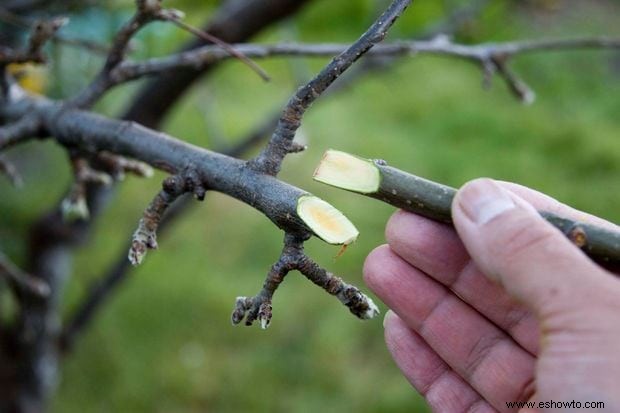
Fuente:
Independientemente de las preferencias de su especie, su hibisco se puede plantar de la misma manera. Hay tres formas de propagar un hibisco:a partir de semillas, un trasplante o un esqueje. Cultivar a partir de semillas puede ser una tarea divertida, ya que puedes cruzar a propósito dos tipos diferentes de hibisco y obtener una flor única. Pero esta también es la forma más difícil de hacer crecer un hibisco y puede requerir más trabajo y paciencia debido a la alta tasa de fallas. Afortunadamente, hay otras formas de plantar un hibisco, a saber, a partir de un trasplante o de un nuevo esqueje de crecimiento.
Transplants are, understandably, the easiest way to propagate a new plant as they have already been established within a pot. Your step is to correctly move it to a new pot or the ground, depending on the species hardiness you have chosen. Hibiscus can also root from a new growth cutting in the proper soil with a bit of root hormone. It is suggested that you attempt to root your plants in a pot before transplant to better control temperature and moisture as it gets initially established.
Hibiscus Planting Instructions
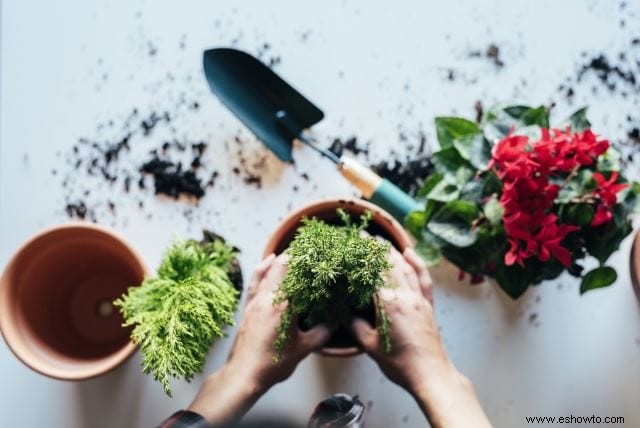
The key to successful transplants, whether in a pot or directly into the ground, is the space you provide them. If you are transplanting from pot to pot then you will simply want to go up one step. For example, from a one-gallon pot to a 2-gallon pot to a 3-gallon pot, so on and so forth.
If you are plating into the ground, you will want to work the soils for at least double of what your plant is currently within to loosen the substrate for good root growth. These rules also apply to planting from cuttings, as there will need to be enough room for your plant’s roots to grow into.
If you are using a new growth cutting, simply strip the leaves from the stem leaving only the top few. Then dip the wet root end into root hormone and create a hole in the soil with your finger to place the stem into. These simple hibiscus planting tips should get you going in your own propagation of the plant in no time!
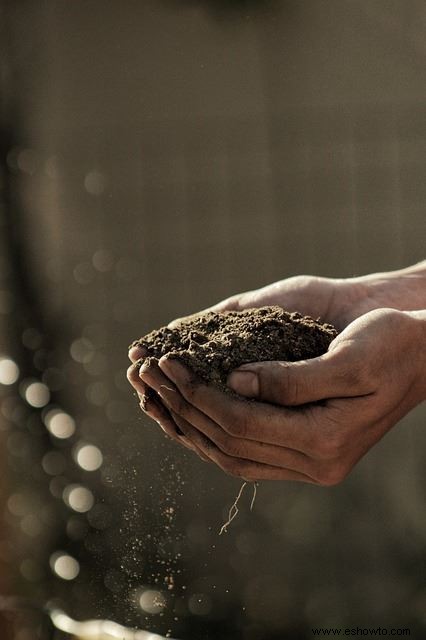
The second step you want to consider is the soil acidity and drainage. Hibiscus enjoys a well-drained soil, but not a dry one, as well as a more acidic base. One way to check your drainage outdoors is to dig your hole and add a gallon of water. If it hasn’t drained within an hour you need to amend your soils to provide better water movement.
Sand is a good addition to mix with clay soils, as is any organic materials (like a good compost) to help with a nutrient base. If it drains too quickly you can add in good garden soils and organic composts for water retention.
Basic soils can be easily amended with an addition of peat moss, as well as low phosphorus, high potassium fertilizer mixes that support these types of soils- such as a 10-4-12 or 9-3-13. Just take care not to fertilize prior to your plants have been established. Once your Hibiscus is well-established compost teas and the addition of organics, such as coffee grounds that are more acidic in nature, can be regularly used with ease as well.
Once planted, the soils should be kept fairly moist. Be sure to water regularly, and try to keep the soils from getting dry no deeper than two inches from the top of the soils
Where is the Best Place to Plant a Hibiscus Tree?
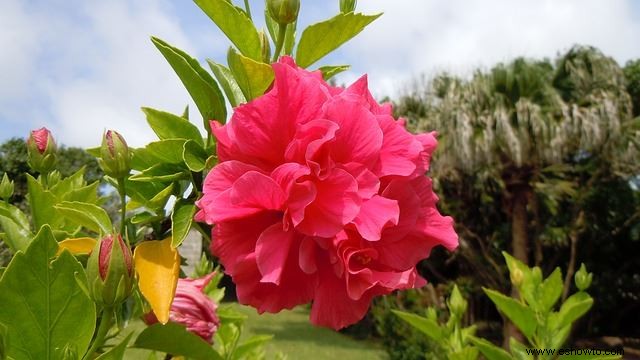
Hibiscus love sunlight, so if you have a tropical version that you bring indoor and outdoors (depending the season), you will want to provide them full light through the day. This is the same rule for your perennial versions. West and south facing areas are good, but may provide too much direct sunlight; resulting in sunburn. Ideally an ambient, or indirect all day light is an idea situation.
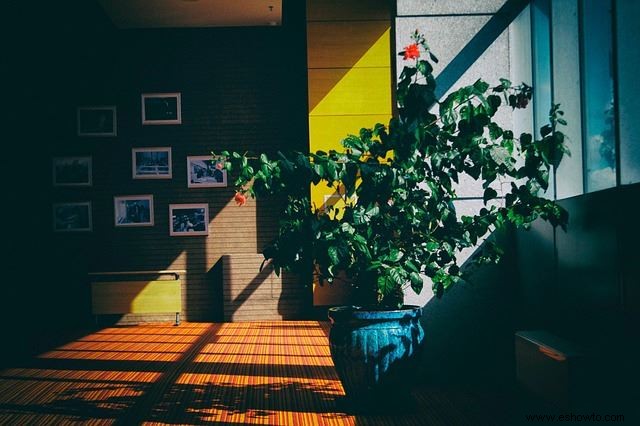
Perennial Hibiscus can also grow quite large, and even though they do prune very well, you will want to consider providing them a larger space to grow into. Some species can grow up to 15 feet tall and 8 feet wide, or more, so it’s important that you stay up to date on our pruning if you don’t have such a large area for them to grow into.
Hibiscus Care and Maintenance
If you are wondering how to take care of your Hibiscus once you have it established, you need not worry yourself too much, as maintenance isn’t difficult. There is a difference concerning yearly maintenance between tropical and hardy versions, however, and you should follow the very basic guidelines provided below.
Tropical Hibiscus Care
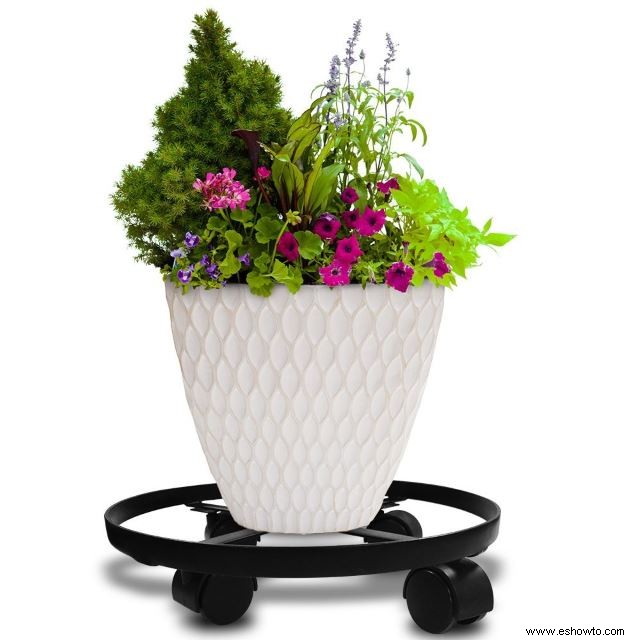
If you are the proud owner of a tropical species, then you need to make sure your plant is in a pot that is large enough to allow it growth, but also small enough that you can move it someplace warmer for indoor care during the winter months. You can usually move it back outside once the weather stays above 50 degrees.
There are pot supports with wheels that you can purchase that can be helpful for this situation as well. Outdoor care of your Hibiscus is fairly easy as tropical species do best in temperatures between 60 and 90 degrees. They can survive short periods below freezing, and well into the triple digits as long as they are not allowed to dry out. They also should be fed a fertilizer specific to Hibiscus that use minor nutrient, such as iron, copper, and manganese. Organics, such as worm castings and compost are also good to add to your soils.
Before bringing your plant indoors for the winter, you’ll want to apply the following quick, and easy, steps:
- 2 weeks before moving indoors move your plant to the shade to allow it acclimation.
- If you plan of pruning your HIbiscus for shaping, this is the time to do so. Take no more than 4 or 5 stems and only the new growth of your branches (no more than ⅔ of any one branch).
- Remove all the dried leaves and flowers, and spraying down with a gentle insecticide can’t hurt to remove any outdoor stowaways before bringing indoors.
- Leaves may yellow and fall off through the winter, so don’t despair:this is normal.
- Water sparingly and only when the top 2 inches of soils have dried out.
Perennial Hibiscus Care
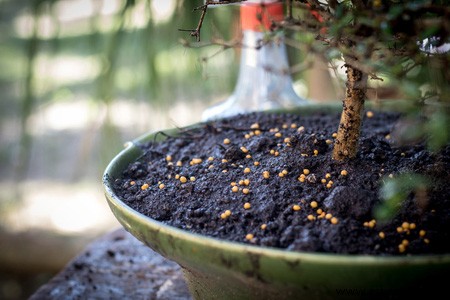
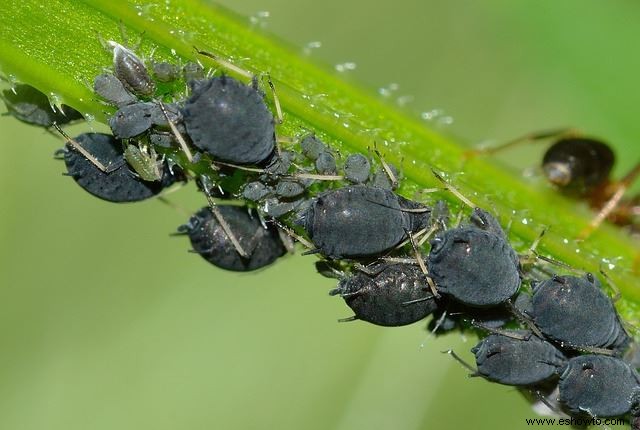
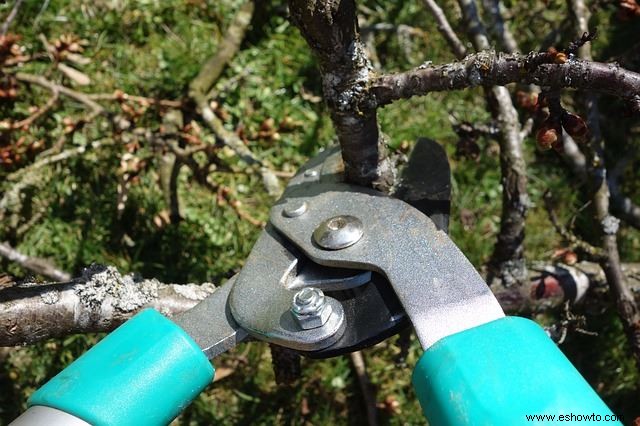
Your outdoor species are pretty hardy, but they do need to be well watered through the summer months. You’ll also need to watch for insects and diseases, especially aphids, although they are not known to attract them any more than the other plants you most likely have planted around your property. To keep it blooming, the application of a liquid fertilizer high in potassium, as well as organics mixed into the soil is always helpful. Hibiscus bloom on new growth, so to promote hearty blooms, you should prune regularly – just always avoid cutting more than ⅔ of any one branch at a time. Also, always cut above a joint at an angle away from the center of the bush to promote outwards growth.
For hardy shrub versions you may want to avoid pruning in the fall and wait until spring so you can better determine which branches suffered winter kill. The Rose of Sharon can be sensitive to winter winds, so planting it in a protective area, or wrapping it in burlap each fall can be helpful to minimizing winter damage to the limbs. If damage does occur however, it will grow back from the roots.
Hibiscus Plant Uses
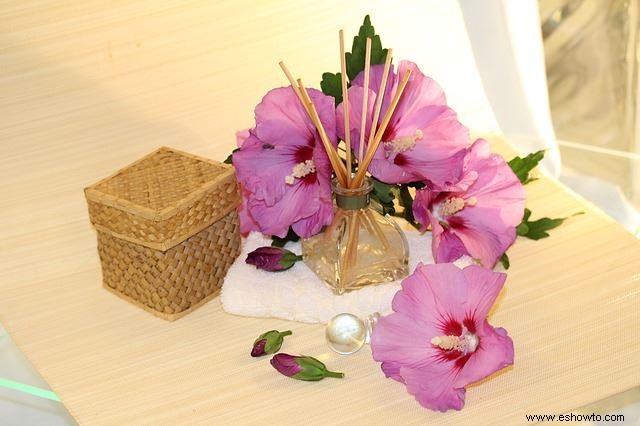
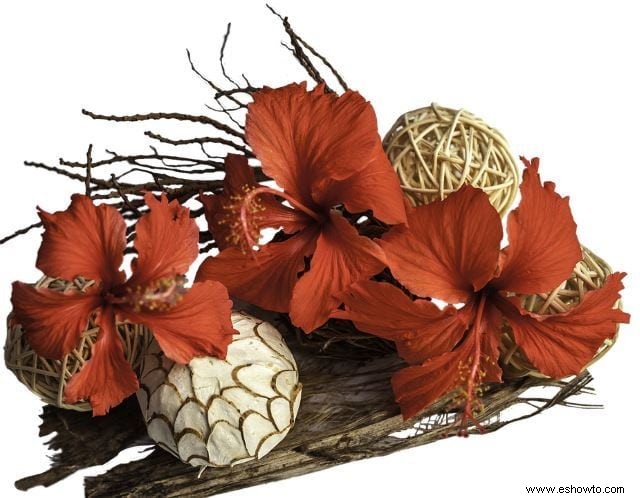
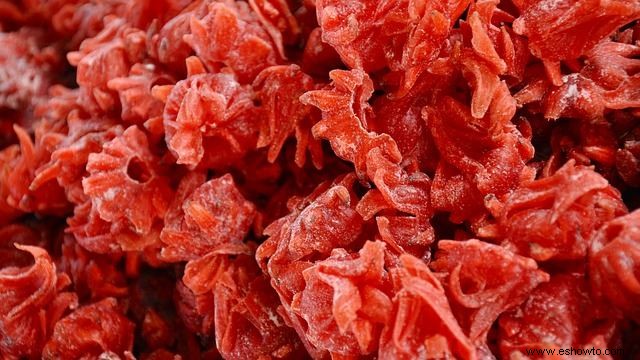
The Hibiscus is much more than just a pretty plant. It also have many uses, and has been used around the world in herb lore for centuries. Hibiscus plant benefits are long and varied and can be found in everything from fashion, to cuisine, medicine and makeup. Beautifully decorative, the large, colorful, and showy blooms that last a few days each over the course of the summer until fall, have been an influence for materials and pattern design for both men and women.
The flowers themselves are often used as decorative headpieces as well, and they also has been crushed to get dyes for cheek and lip color, as well as to make perfumes. But even more so, the Hibiscus has been popular for its flavor and medicinal uses. The flower itself is edible and has a very popular tangy flavoring (as well as brightly colored) for refreshing drinks. It also is often baked into cakes and made into candies, jams, and jellies. High in Vitamin C, it’s a fantastic addition to anything you are looking to add a slight tang to.
Hibiscus Plant Medicinal Uses
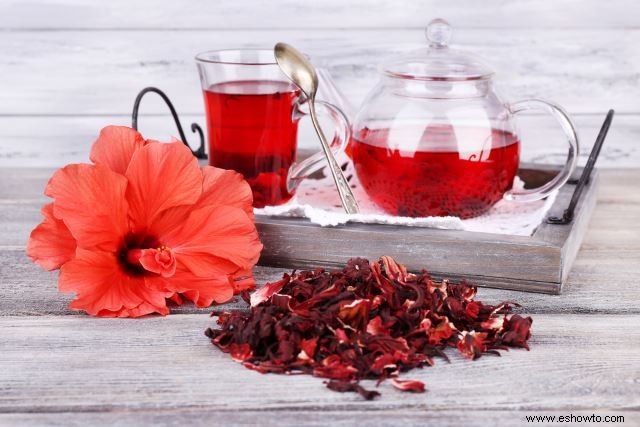
Even if you are just taking advantage of the slightly sweet, slightly tangy flavor of the Hibiscus, you are imbibing upon a popular medicinal plant traditionally used in the many areas it is propagated. Popular for differing reasons around the world, you can still find it used today as a tea in Egypt to lower a temperature, treat heart diseases, and calm nerves; in Africa to help with constipation, liver disease, cold symptoms, and to help heal wounds when a compress is made with pulp from the leaves; and in Iran to help treat high blood pressure. Although these uses are experienced elsewhere in the world, documentation from these ancient countries help illustrate the Hibiscus plant’s long and useful history.
More modern studies of these claims have found it to be effective with lowering blood pressure and cholesterol, and more recent forays into its use suggest that it may work to help with weight loss and has potential to aid in cancer treatments. Although easy to purchase for both baking and medicinal use, you should always consult with your doctor before using it in any health related manner. Safe dosages for pregnant and nursing women, children, and those with pre-existing conditions should be under the supervision of a physician’s care.
Conclusion
Hibiscus is a plant boasting a large, tropical looking flower that has over 200 species identified within its family which can live ranging from the tropics of Southeast Asia to the Northern planting zones of North America, depending on the species. Even if you prefer a tropical variety, they are easy to care for and maintain within the comfort of your own home come winter, and will brighten up your porch or patio each summer. We’d love to hear of your experiences with this beautiful flower, and if you’ve been contemplating one of your own, we hope this article has helped you make a decision which variety might be best for you. Please let us know if you have any questions or comments below, and, as always, please share!

